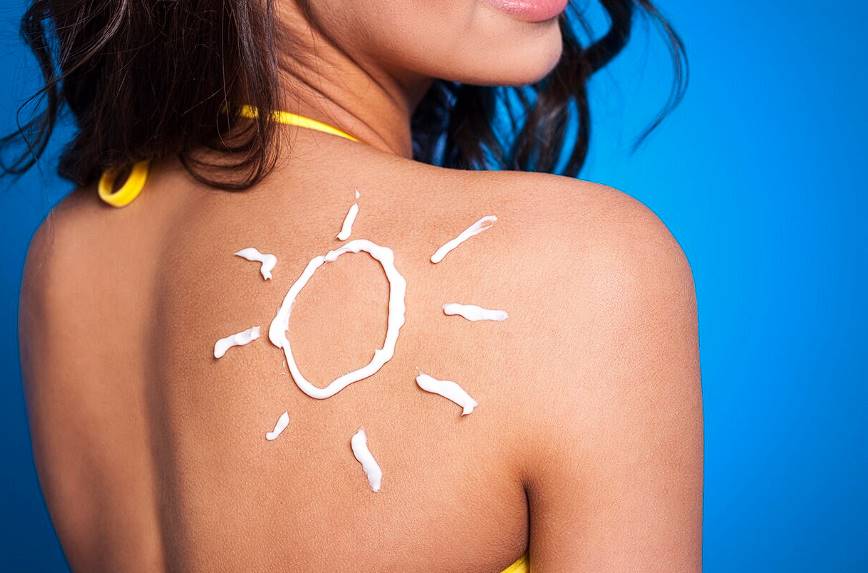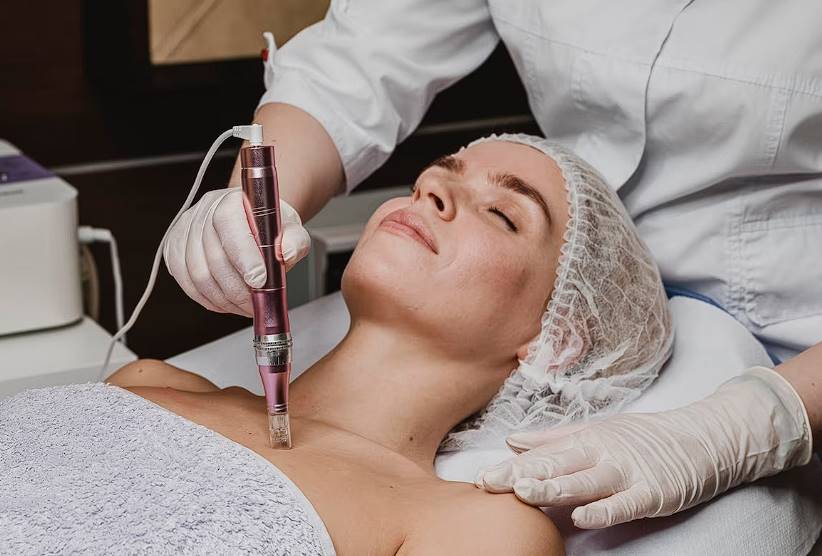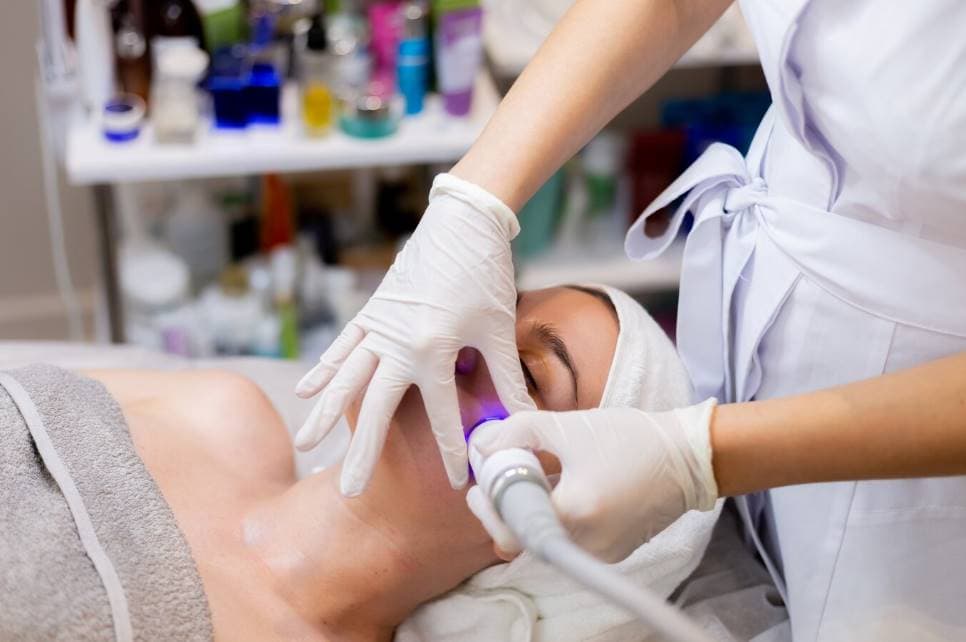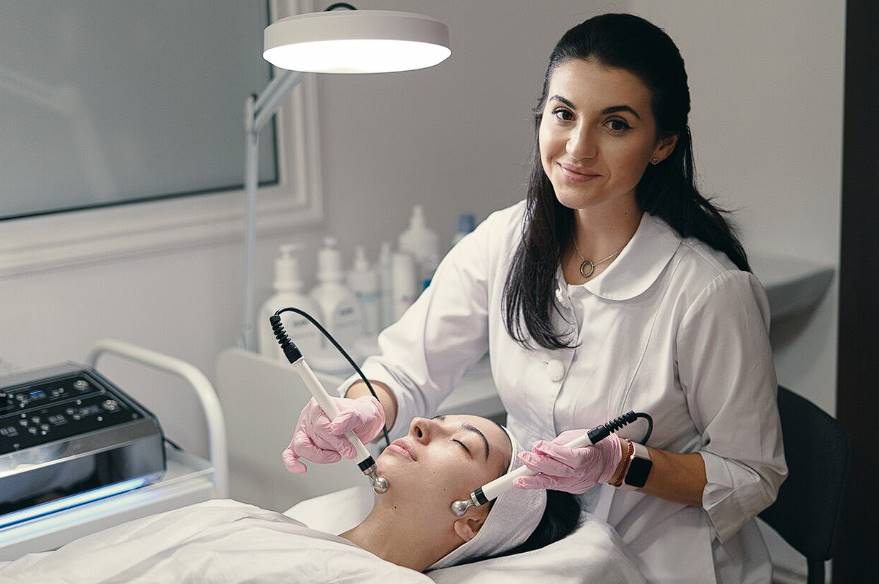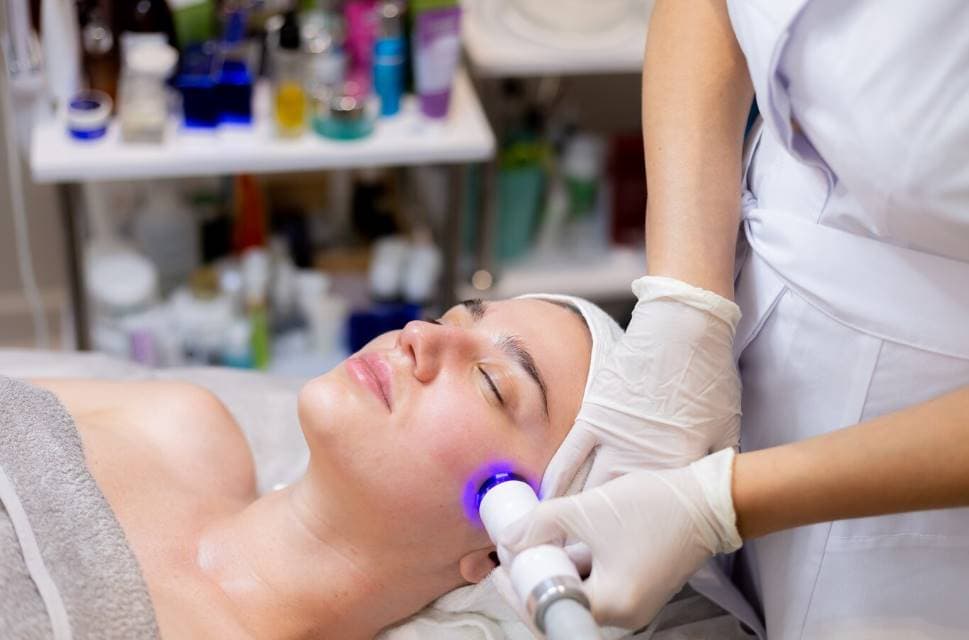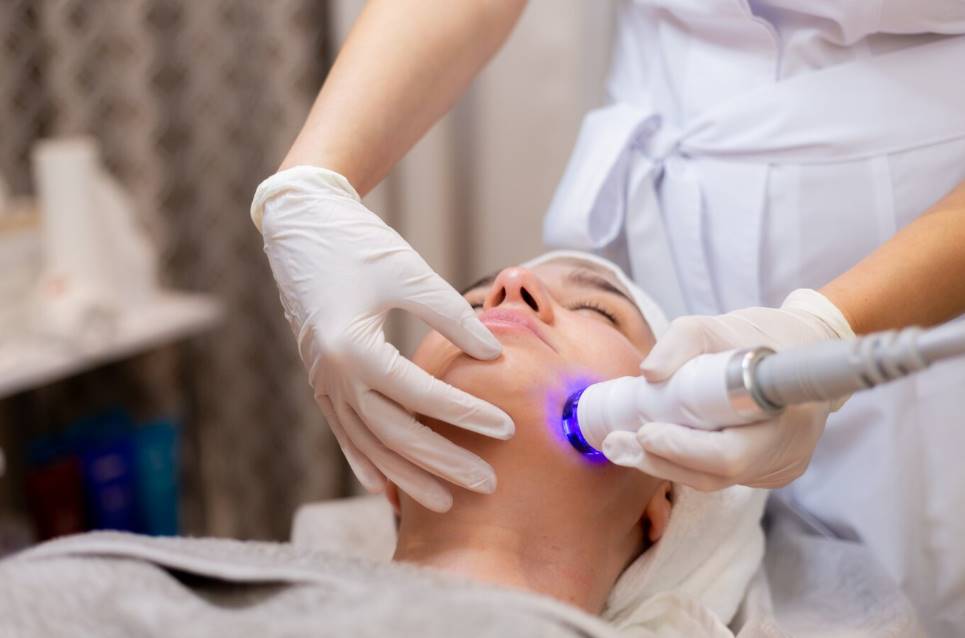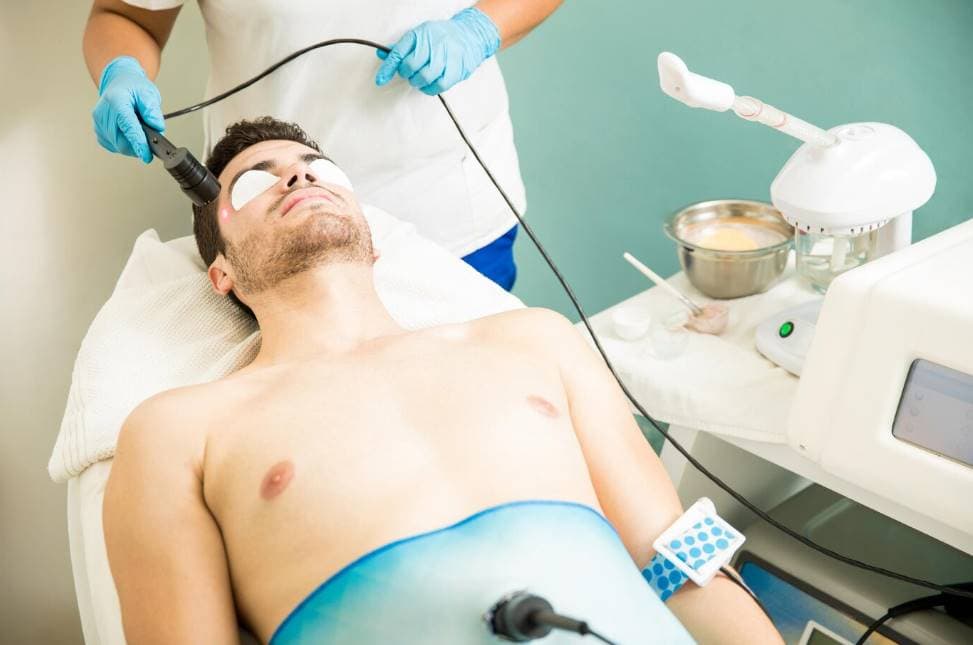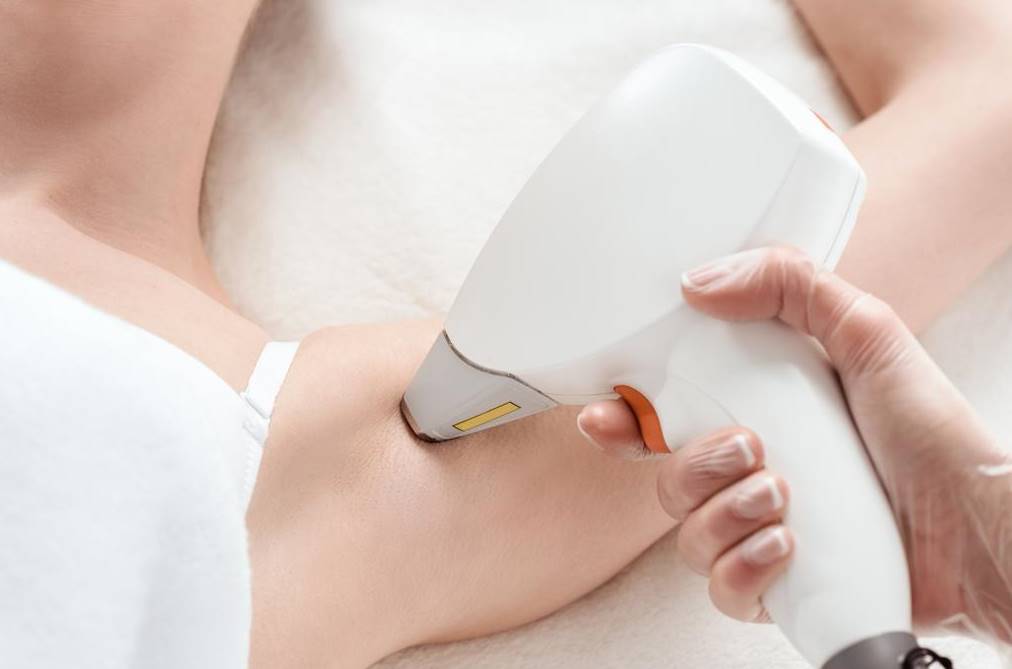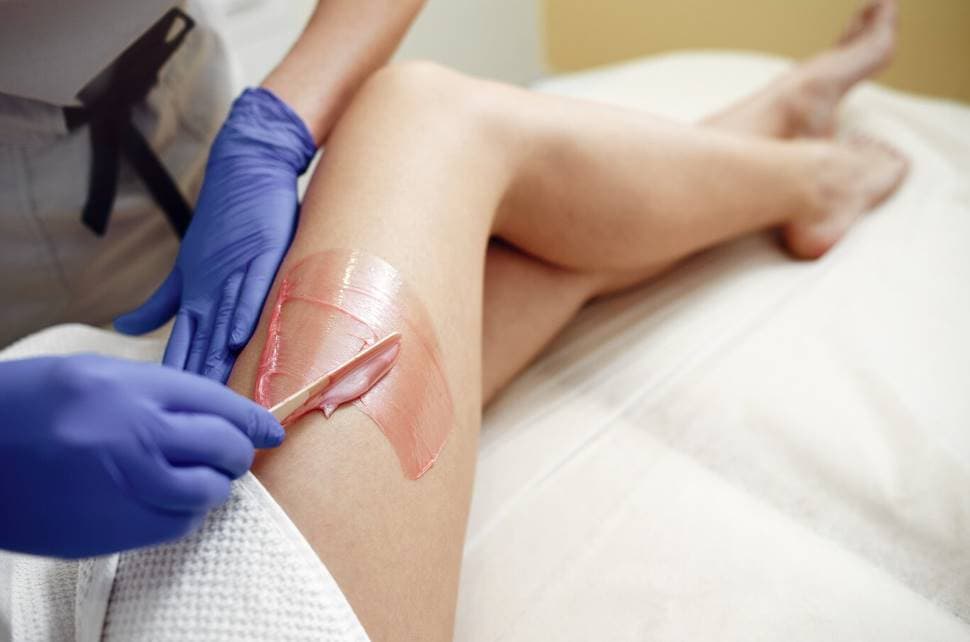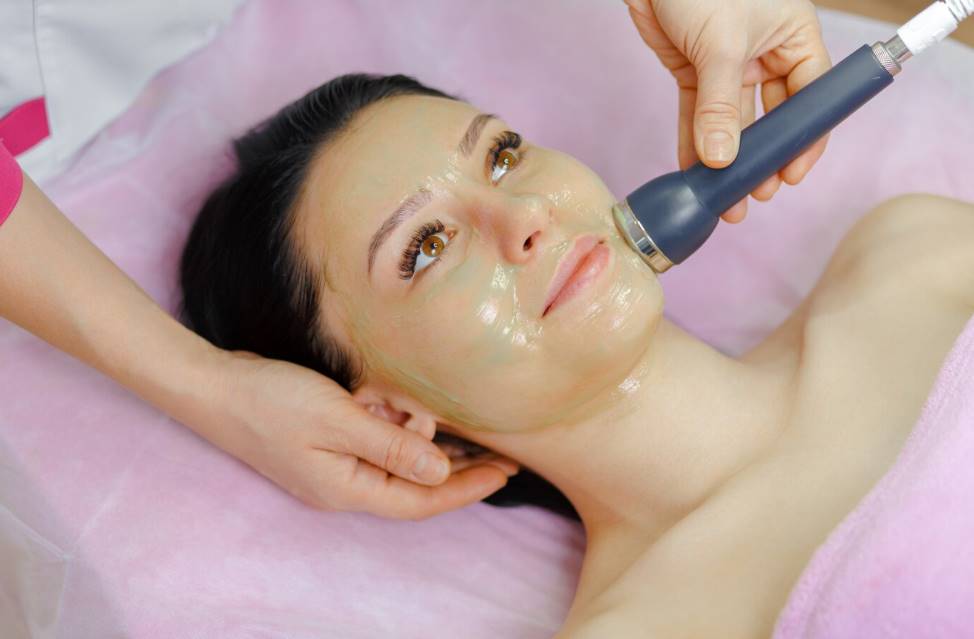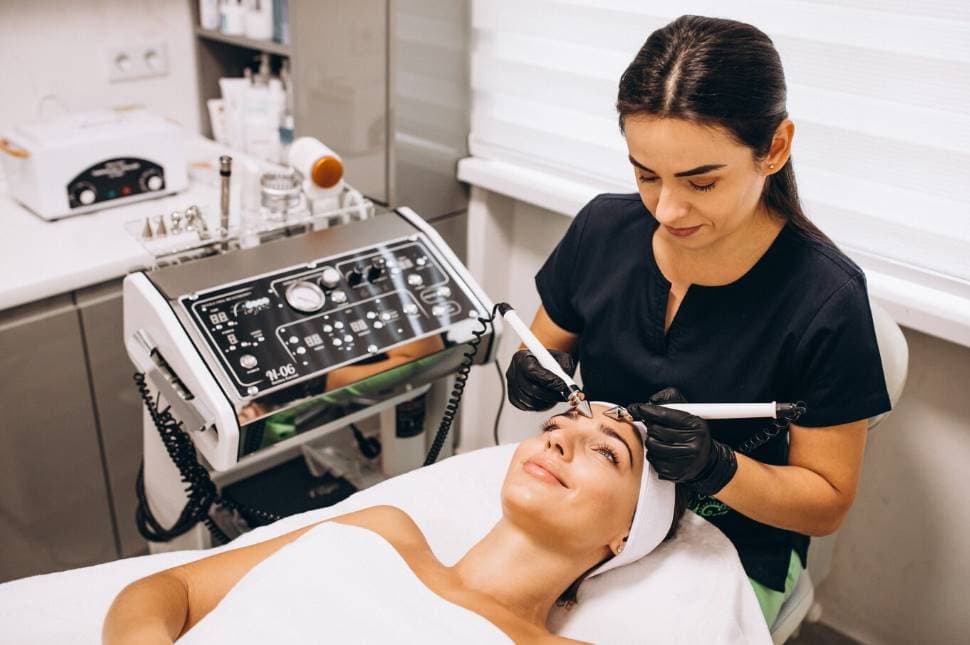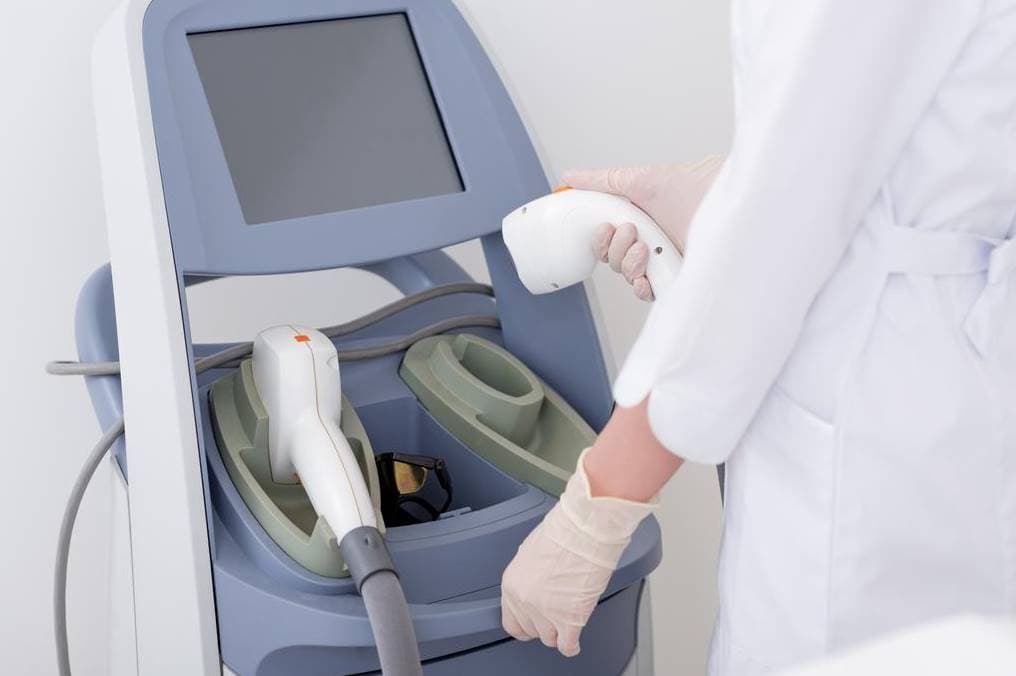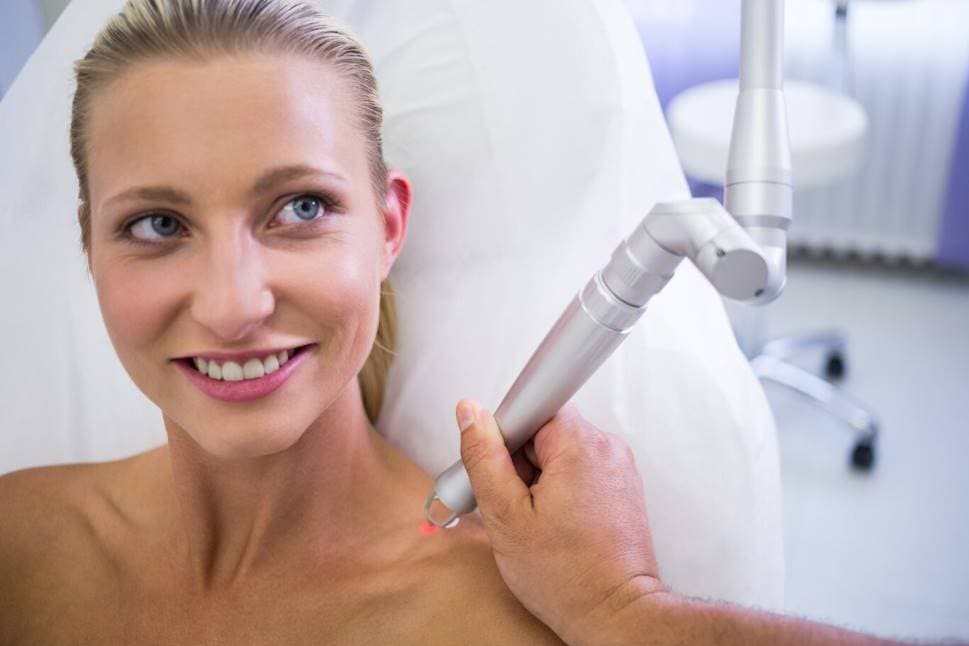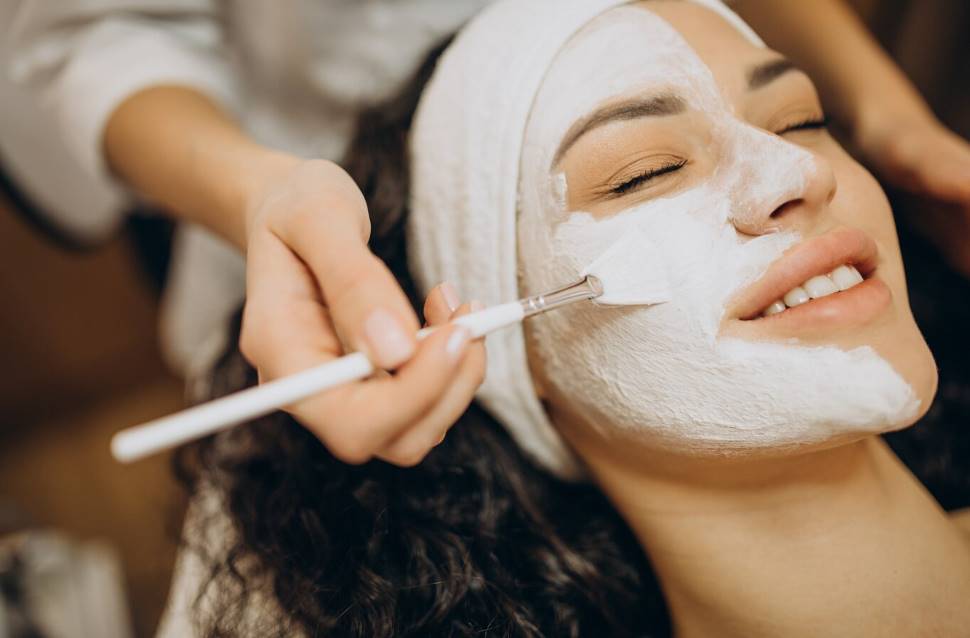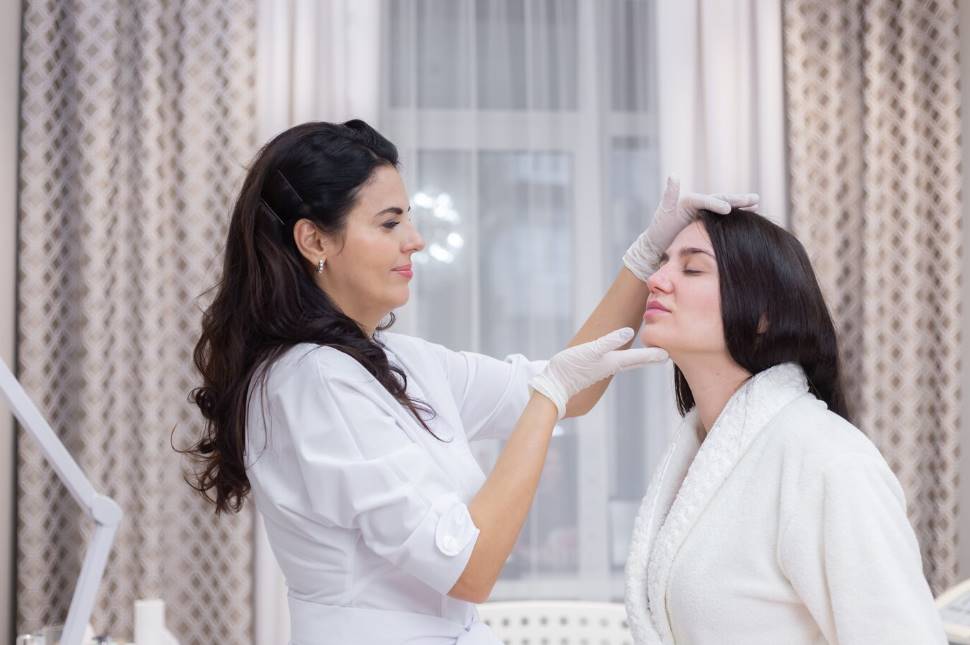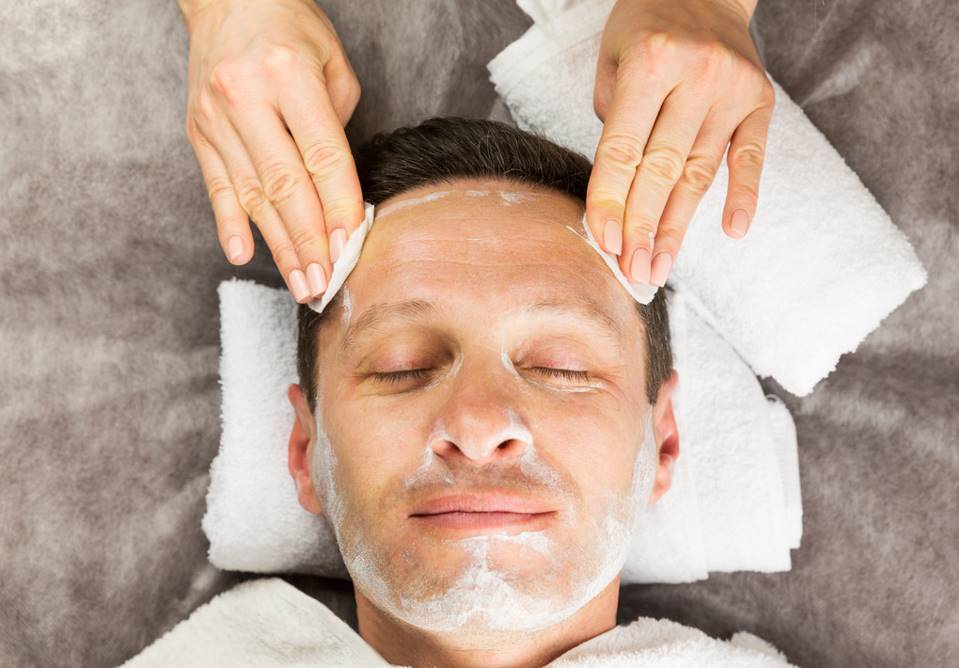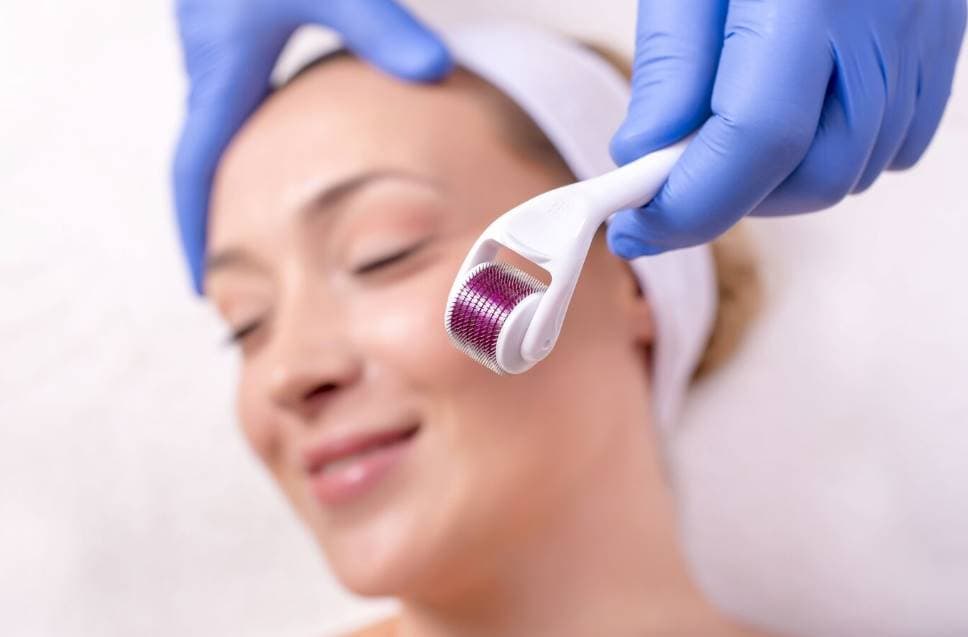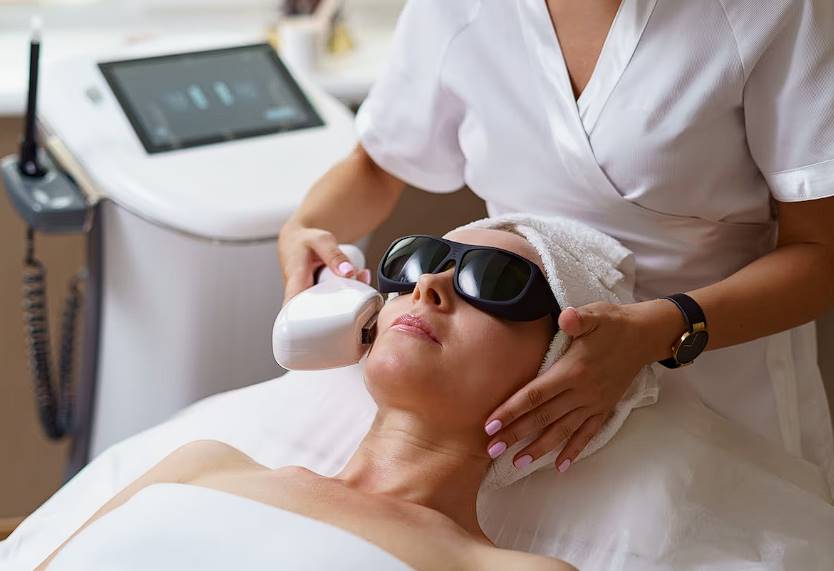The cosmetic and medical uses of lasers have skyrocketed in recent years. Hair removal, skin tightening, and other dermatological issues can all be effectively treated with laser operations. Many people, however, don't realise how important it is to shield themselves from the sun after receiving these treatments to get the best possible outcomes.
Learn about "The Importance of Sun Protection After Laser Treatments" in this helpful advice. Anyone contemplating or undergoing laser operations must be aware of the critical nature of sun protection in the days following their treatment.
In this article, we'll discuss the ins and outs of laser operations, including the science behind them, the risks to newly treated skin from the sun, and the steps you can take to protect your skin and get the most out of your laser session. Come with us on this mission to keep your skin glowing with health and free of issues.
Definition Of Laser Treatments
To get rid of unsightly hair, doctors employ a laser, which is a concentrated beam of light.
Light emitted by a laser is absorbed by the hair's pigment (melanin) during laser hair removal. The hair follicles, tiny sacs the size of pencil erasers located deep in the skin, are damaged when the light energy is transformed into heat. Because of this damage, new hair won't grow as quickly or at all.
In most cases, laser hair removal will only reduce hair growth for a considerable amount of time. Laser hair removal requires multiple sessions for optimal results, and occasional touch-up sessions may be necessary thereafter. While all skin types can benefit from laser hair removal, those with light skin and dark hair have the most dramatic results.
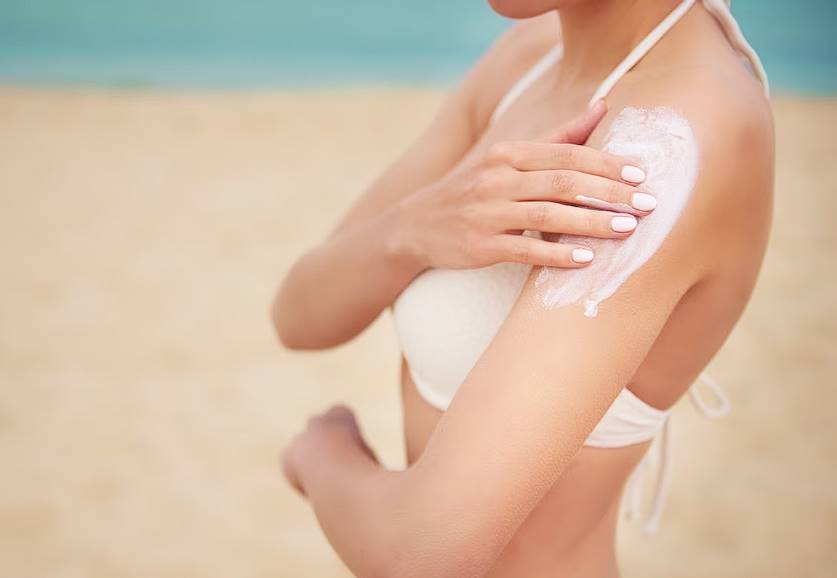
Why It's Done
In laser hair removal treatments, common areas that people often seek to treat include the upper lip, legs, chin, armpits, and bikini line. However, it's worth noting that nearly any area can be targeted for treatment, with the exception of the eyelid and surrounding areas. Skin with tattoos is also not suitable for this procedure.
The success of laser hair removal is influenced by various factors, including the individual's skin type and hair colour. The underlying principle is straightforward: the laser light should be absorbed primarily by the pigment in the hair, rather than by the skin.
This way, the skin remains unharmed, while the hair follicle is effectively targeted. The most favourable results tend to be seen when there is a noticeable contrast between the skin and hair colours, particularly when individuals have light skin and dark hair.
Historically, individuals with darker skin tones were advised against laser hair removal due to the elevated risk of skin damage. This was primarily because the lack of contrast between the skin and hair colours made the treatment less effective and potentially risky.
Furthermore, hair colours such as grey, red, blonde, and white do not absorb laser light as efficiently, making the treatment less effective for these hair types. However, it should be mentioned that research and development are ongoing to improve the effectiveness of laser hair removal for blonde and grey hair.
Understanding The Types Of Cosmetic Laser Treatment
CO2 Lasers
Carbon dioxide (CO2) is used to generate an infrared beam of light in this ablative laser. The energy produced by the CO2 laser is readily absorbed by water, which is found in abundant quantities in the body's tissues, making it one of the most popular surgical lasers. It has low toxicity and pinpoint accuracy.
IPL Lasers
The red and brown pigments in the skin are easily penetrated by the intense pulse of light produced by IPL (intense pulsed light) lasers. IPL lasers are most commonly used in dermatology for the removal of dark spots (such as liver spots) and the soothing of red, irritated blood vessels just beneath the skin's surface.
Alexandrite Lasers
Alexandrite lasers, which use a green gemstone to produce a laser at the wavelength that is known to be successful in piercing red spots, are another adaptable kind of light treatment. They are equally efficient at removing hair and tattoos as IPL lasers are at treating swollen blood vessels. Alexandrite lasers, which are red lasers, are compatible with the Q-switching mode, which generates powerful but brief bursts of energy.
Erbium Lasers
It's likely that your dermatologist utilised an erbium laser on you if you've ever had scar treatment. White metal erbium is the active ingredient in infrared lasers. Laser skin resurfacing is another application where they shine. Compared to other lasers used for skin resurfacing, they are less likely to result in painful burning sensations.
Pulsed Dye Lasers
Inflamed blood arteries are particularly amenable to treatment with yellow wavelength light, which is what pulsed dye lasers produce. Acne and scars can also be treated with this laser, making it one of the most popular options. In PDL lasers, the lasing media contains an organic dye.
Nd:YAG Lasers
Because of the infrared wavelength produced by the neodymium-doped yttrium aluminium garnet crystal used in Nd:YAG lasers, dermatologists are able to treat tissue layers further beneath the skin than is possible with most other lasers. In addition to spider veins and varicose veins, it can also be used to treat hemangioma tumours, birthmarks, and face veins. It helps with age spots, which are brown in colour, as well.
Why Sun Protection Is Extremely Important
Many cosmetic procedures, especially those that are non-invasive, have few or no adverse effects or recovery time. However, these treatments can make the skin more vulnerable to the harmful effects of sunlight. Immediately following treatment, your skin may be more sensitive to the sun.
Chemical peels, microneedling, and lasers are just a few examples of therapies that intentionally inflict little harm to the skin in order to trigger an immunological response. The skin can recover or new collagen can be produced as a result of this. After that, your skin will look younger or your skin issues will clear up.
The skin becomes more photosensitive during rest and recovery. Redness, burning, and swelling are some of the possible side effects without sufficient protection. Discoloration or hyperpigmentation of the treated area is also possible. Especially if the treatment is meant to brighten the skin, this can defeat the goal.
Why Is Using Sunscreen Crucial After Laser Hair Removal
How Does Laser Hair Removal Work?
Here's a quick refresher on how laser hair removal works before we get into the specifics of why you need to wear sunscreen afterwards. The laser emits a beam of light that is directed towards the hair's pigmentation during the treatment.
The laser will sense the hair's pigment and then transmit its heat all the way through the strands to the follicle. The follicle will be damaged by the heat, rendering it incapable of growing new hair.
Only around 20% of hairs on a person's head are in the anagen phase of the hair growth cycle, so only about 20% of hairs may be targeted in a single laser hair removal session.
Only at this point in life, while the hair is still attached to the follicle, can laser hair removal be effective. The follicle cannot be damaged by heat if the hair is not attached to it. Therefore, in order to get rid of the majority of hair, patients will always need multiple laser hair removal treatments.
The Skin Is Sensitive To Photodamage
As was previously said, laser hair removal occurs when a beam of light is directed at the skin, where it targets the pigment in hair and warms the hair follicle below the dermis. Under-the-skin heat production lasts for at least a day.
The laser's extremely bright light will make skin more vulnerable to sun damage. Exposure to sunlight can cause irreversible skin damage since the skin is more sensitive to ultraviolet light.
The skin's sensitivity to heat is increased by sun exposure. This, in addition to the skin's heightened susceptibility after laser hair removal, can lead to hyperpigmentation, burns, and scarring.
The risk of solar damage increases, but so does the difficulty of skin healing. After undergoing laser hair removal, it's important to avoid direct sunlight to ensure healthy healing of the skin. This, in turn, may prevent the patient from continuing treatment.
Tanning Can Interfere With The Results Of Your Session
In general, we do not see patients at Infinity Laser Spa who have recently tanned either naturally or with artificial means. If they want to get laser hair removal done, they'll have to wait at least two weeks. Hair growth can be inhibited by using a laser for hair removal. The lasers are precisely adjusted to cause damage only to the hair and not the skin, but this radiation is nonetheless harmful.
Pre-treatment sun exposure, however, causes the skin to develop more melanin pigment, which serves as a magnet for the laser's rays. It's best to err on the side of caution and prevent any skin sensitivity, even if modern laser hair removal equipment are effective on darker skins and safe on tanned skin. In addition, avoid altering your skin tone for the greatest possible effects.
Sun Damage Is Irreversible
After laser hair removal, your skin will be more sensitive to the sun, so it's important to seek shade whenever possible. Sunscreen is a must as an added layer of defence.
For starters, prolonged exposure to direct sunlight, especially of the face, has been shown to hasten the ageing process. Second, your delicate skin may be irreparably damaged by prolonged sun exposure. Hyperpigmentation, burns, and scars can all result from too much time in the sun.
In addition, UV damage raises the risk that the skin won't recover normally. Sunlight may exacerbate preexisting skin problems. It could lead to skin cancer in the worst case scenario.
The effects of sun damage and skin cancer cannot be undone. While it's tempting to want to immediately show off the results of your laser hair removal treatments, it's important to keep your skin healthy in the long run.

How To Choose The Right Sunscreen?
Sunscreen is best picked at random, and there are no recommended brands to use. What helps one person may not help another. Titanium dioxide and zinc oxide are two of the few components in sunscreen that have been given the OK by the FDA. The SPF should be at least 30, but SPF 50 is preferable out of an abundance of caution. After all, we are talking about the condition of your skin.
You can use either a cream or a gel. Spread it out and apply generously so it soaks into your skin. After your laser hair removal session, you may want to use a sunscreen meant for children because it is typically stronger. Sunscreens that are physically effective are preferable than chemical ones. They act as a barrier to the sun's rays rather than a sponge like chemical sunblocks.
Choose a formula that is water resistant if you are going to be swimming or sweating a lot throughout your summer training sessions. You must use a sunscreen that can withstand the elements and yet protect your skin. The sun is much more powerful than you think. Even if clouds cover the sun, you can still be vulnerable to its harmful rays. Apply sunblock even if clouds are in the sky.
Conclusion
Laser treatments are becoming more and more popular for both medical and aesthetic reasons, like getting rid of hair, tightening the skin, and treating other skin problems. But many people don't know how important it is to wear sunscreen after these treatments.
Laser treatments use a concentrated beam of light to get rid of unwanted hair. The light is taken by the pigment (melanin) in the hair, which makes the hair disappear. The hair follicles take in the laser light, which hurts them and stops new hair from growing.
How well laser hair removal works relies on things like the type of skin and the colour of the hair. The best effects are seen when there is a big difference between the colour of the skin and the colour of the hair, especially when the person has light skin and dark hair. In the past, people with darker skin were told not to get laser hair removal because it was more likely to hurt their skin.
CO2 lasers, IPL lasers, Alexandrite lasers, Erbium lasers, Pulsed Dye lasers, and Nd:YAG lasers are all types of cosmetic laser treatments. CO2 lasers make a beam of infrared light, while IPL lasers can get through the skin's red and brown colours.
Alexandrite lasers use a green gem to make a laser with a wavelength that is known to cut through red spots. Erbium lasers are less likely than other lasers used to resurface the skin to cause painful burns. Pulsed dye lasers are used to treat blood vessel inflammation, acne, and scars.
After getting chemical peels, microneedling, or lasers, your skin needs to be protected from the sun. These methods can make the skin more sensitive to the sun's harmful effects, which can cause side effects like redness, burning, swelling, discolouration, and hyperpigmentation.
After laser hair removal, the skin becomes more sensitive to light, which can lead to dark spots, burns, and scars. If you want to heal well and avoid more treatment, you must stay out of bright sunlight.
Laser hair removal may not work as well if a person has a tan, so they should wait at least two weeks before getting the treatment. The lasers are made to hurt only the hair, but the energy they give off is still dangerous. Sun exposure before a laser treatment can cause the skin to make more melanin, which attracts the laser's rays.
Sun damage can't be fixed, and being in direct sunlight for a long time can speed up the aging process and damage sensitive skin in a way that can't be fixed. Long-term UV damage can make skin problems worse and can even cause skin cancer.
It's important to choose the right sunscreen. Titanium dioxide and zinc oxide are two of the few ingredients that the FDA has allowed. At least 30 SPF is needed, but 50 SPF is better. Sunscreens should be resistant to water and be able to handle things like swimming and sweating during summer training.
After getting a cosmetic treatment like laser hair removal, it's important to protect your skin from the sun because it can cause irreversible damage and speed up the ageing process.
Content Summary
- The rise in cosmetic and medical laser treatments has highlighted the need for post-treatment sun protection.
- Laser treatments can effectively handle various dermatological issues, including hair removal and skin tightening.
- Sun protection after receiving laser treatments is essential for optimal results.
- Lasers in hair removal treatments target hair's pigment, damaging the follicles to reduce hair growth.
- Multiple sessions are often required for the best outcomes in laser hair removal.
- Skin types with a noticeable contrast between skin and hair colour, like light skin and dark hair, get the most striking results.
- Historically, people with darker skin tones were advised against laser hair removal due to heightened risks of skin damage.
- Research is ongoing to make laser hair removal more effective for people with blonde and grey hair.
- Carbon dioxide (CO2) lasers are popular in surgical treatments and are known for their low toxicity.
- Intense pulsed light (IPL) lasers are most commonly used for removing dark spots and treating red, irritated blood vessels.
- Alexandrite lasers are efficient for removing hair and tattoos and are also effective at treating swollen blood vessels.
- Erbium lasers are frequently used for scar treatments and are less likely to cause painful burning sensations.
- Pulsed dye lasers are particularly effective at treating inflamed blood arteries, acne, and scars.
- Nd:YAG lasers can treat deeper tissue layers and are used for conditions like spider veins and hemangioma tumours.
- Post-treatment skin becomes more vulnerable to the harmful effects of sunlight.
- Treatments like chemical peels and microneedling intentionally cause minor skin damage to trigger a healing response.
- Insufficient sun protection can lead to side effects like redness, burning, and swelling.
- Sun exposure post-treatment can result in discolouration or hyperpigmentation, defeating the purpose of skin-brightening treatments.
- Sun exposure can interfere with the results of laser hair removal sessions.
- Pre-treatment sun exposure causes the skin to develop more melanin, attracting the laser's rays and leading to potential sensitivity.
- Sun damage after laser treatments is often irreversible and can lead to issues like hyperpigmentation, burns, and scars.
- Ultraviolet (UV) damage can inhibit the skin's natural healing processes.
- Sun damage can exacerbate existing skin issues and, in extreme cases, lead to skin cancer.
- There are no universally recommended brands of sunscreen; what works for one person may not work for another.
- Sunscreens containing titanium dioxide and zinc oxide are generally FDA-approved.
- The Sun Protection Factor (SPF) of the chosen sunscreen should ideally be at least 30, if not 50.
- Both cream and gel forms of sunscreen can be effective.
- Sunscreens designed for children are often stronger and can be particularly useful post-laser treatment.
- Physical sunscreens are generally preferable to chemical ones, as they act as barriers to UV rays.
- Water-resistant formulas are ideal for those who will be swimming or sweating.
- Even cloud cover cannot fully protect from harmful UV rays; sunscreen is necessary in all weather conditions.
- After a laser session, it's advisable to avoid direct sunlight for healthy skin healing.
- The skin's sensitivity to heat increases with sun exposure, making healing post-laser treatment more challenging.
- Laser treatments can have a long-lasting impact on reducing hair growth, but they are not usually permanent solutions.
- The effectiveness of laser hair removal is impacted by the anagen phase of the hair growth cycle.
- Only about 20% of hairs are in the anagen phase at any one time, making multiple sessions necessary.
- Carbon dioxide (CO2) lasers are easily absorbed by the water in body tissues.
- Alexandrite lasers use green gemstones and are known for their flexibility in treating various skin conditions.
- Nd:YAG lasers can treat a variety of conditions, from spider veins to age spots.
- Erbium lasers excel in applications like laser skin resurfacing.
- Pulsed dye lasers are popular options for treating conditions like acne and scars.
- IPL lasers can penetrate the red and brown pigments in the skin.
- Post-treatment skin becomes photosensitive, requiring diligent sun protection.
- Infrared lasers like those containing erbium have less likelihood of causing painful burning sensations.
- IPL lasers are frequently used in dermatology, particularly for treating dark spots.
- Sunscreen should be applied generously for optimal protection.
- Pre-treatment sun exposure can alter the skin tone, affecting the laser treatment's effectiveness.
- Even modern laser hair removal equipment can be less effective on tanned or naturally dark skin.
- Sunscreen acts as an additional layer of defence against harmful UV rays.
- The objective of sun protection post-laser treatment is to maintain long-term skin health.
Frequently Asked Questions
Sun protection is crucial after laser treatments because your skin becomes more vulnerable to damage from UV radiation. Laser procedures can temporarily weaken the skin's natural defense mechanisms, making it highly susceptible to sunburn, hyperpigmentation, and other complications.
Sun exposure can have several detrimental effects on post-laser-treated skin, including prolonged redness, increased risk of scarring, and the development of dark spots or hyperpigmentation. UV rays can undo the benefits of the treatment and may cause long-term damage.
The most effective way to protect your skin is to use a broad-spectrum sunscreen with a high SPF rating, apply it generously, and reapply as directed. Additionally, wear protective clothing, such as wide-brimmed hats and sunglasses, and seek shade whenever possible.
Sun protection should begin immediately after your laser treatment and continue for several weeks to months, depending on your skin's sensitivity and the type of laser treatment received. Your healthcare provider will provide specific guidelines.
It's recommended to use a sunscreen specifically approved by your healthcare provider or dermatologist, as they can recommend products suitable for your skin type and the type of laser treatment you underwent. Look for sunscreens labelled "broad-spectrum" and with an SPF of 30 or higher.
